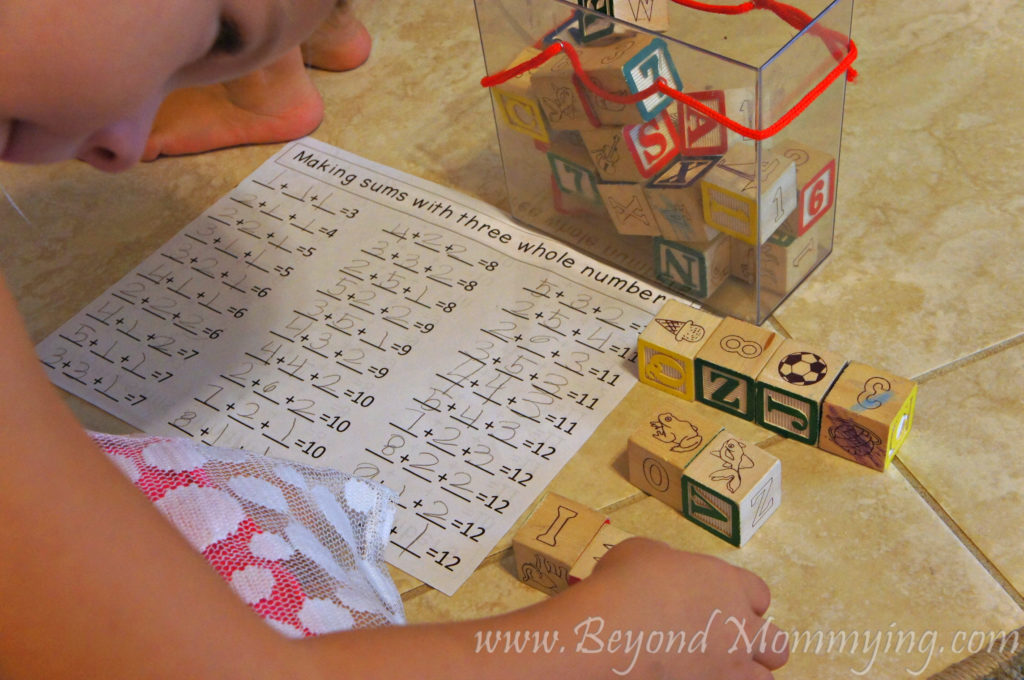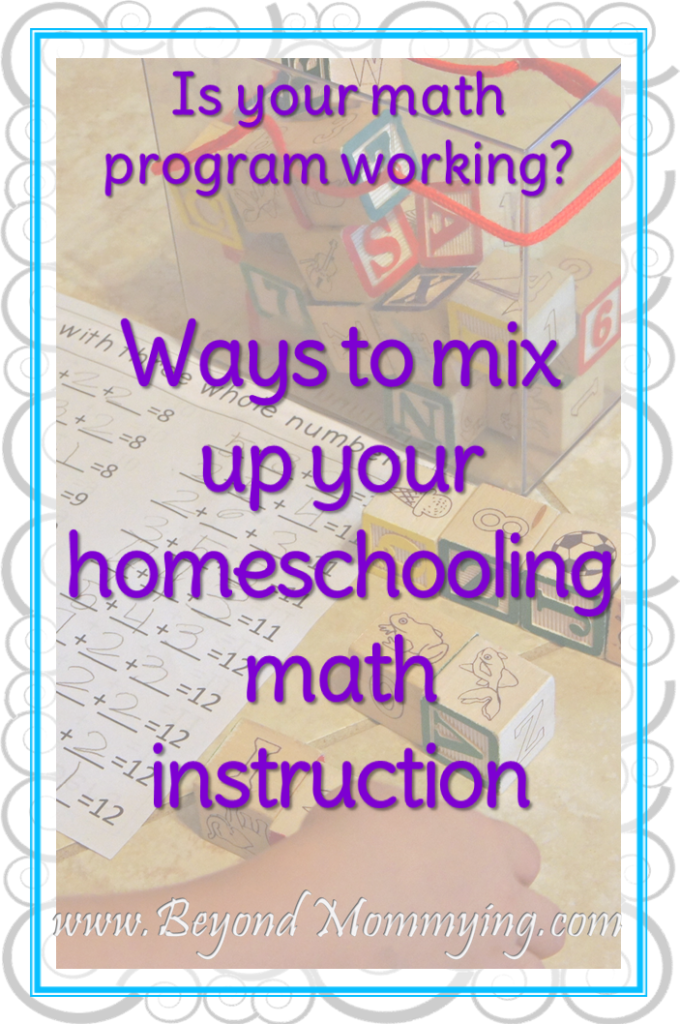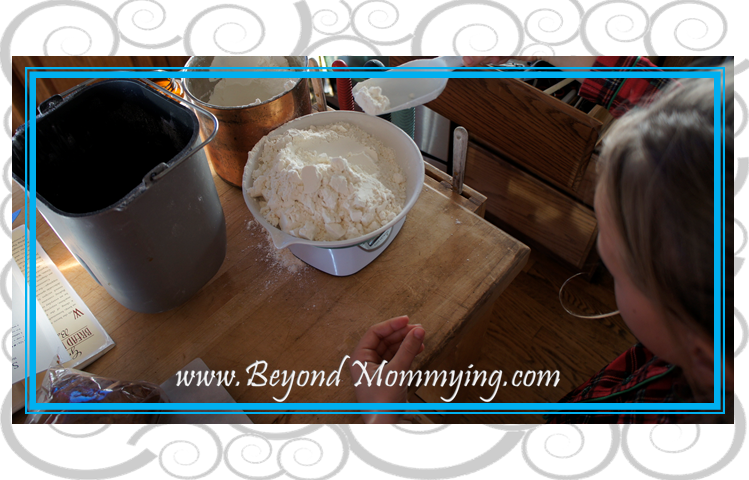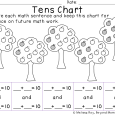January can be a really hard time for homeschooling. You’re in the post-holiday slump, the weather can make going out challenging and motivating your children and yourself can feel impossible at times.
I’ve also found this mid-year time to be the toughest for mathematical learning. It’s at this roughly halfway point that the review of previous learning is over and new concepts can get really heavy, confusing and frustrating.
Note: This post contains affiliate links and images meaning if you click any product link and make a purchase, Beyond Mommying may receive a small commission which is used for the upkeep of the website; however, it will not affect your purchasing experience in any way. Read more about our use of affiliate links.
But one of the best parts of homeschooling, though, is being able to select a curriculum or learning program that best fits your child’s individual learning style and needs.
And that means being able to change direction whenever it feels necessary.
But with so many homeschool math programs to choose from, it can feel overwhelming to pick a new direction. So here’s a few different ways I help mix up our homeschool math curriculum and pick a new direction when necessary.
Assess, assess, assess!
If you’re not sure exactly why your homeschool math curriculum isn’t working, or where your child is struggling, the first thing you’ll want to do is assess where your child is at.
One of my favorite resources for doing assessments is the line of Spectrum Common Core books. While I do personally follow the Common Core standards in our homeschool (read why), mostly I love these books because they cover all grade level concepts in a very concise and easy format which makes it easier to see exactly where your child is struggling and what concepts need more attention.
Try a new approach
Every child learns in his or her unique way and sometimes the best way to reach them changes over time or as different subjects and concepts are introduced. With the plethora of options out there for teaching homeschool math, there is no need to struggle through with a program that just isn’t working.
If you are used to using workbooks, try introducing a textbook instead. Or if textbooks don’t work, try an online program like Teaching Textbooks.
My eldest daughter, now 6th grade, has always struggled with math but this year I decided to give Teaching Textbooks a try and it has made a huge difference for how she approaches math.
See how Teaching Textbooks changed how we homeschool this year and also enter for a chance to win a free year of Teaching Textbooks 3.0 for your homeschool (enter the special e-mail code “TT3.0 Makes Math Easy” for extra chances to win!)
Get hands on
Sometimes kids need a hands-on approach to new math concepts. I, personally, use a lot of blocks when my kids are struggling with a new idea. Often it’s just a few blocks spread out on the floor and sometimes it’s a little more involved like with my Lego Math Mats that help with learning addition and subtraction facts.
You can also find a ton of math manipulatives like base 10 blocks, fraction bars, ten frames, and more through Carson-Dellosa. Or check out the all-in-one math manipulative sets from Discount School Supply.
Make it a game
There are times when my kids are just not doing the school thing. They are frustrated, overwhelmed and in no mood at all to do regular paper and pencil work. But that doesn’t mean we give up on math learning altogether and so sometimes I turn to math games to keep their basic skills working while taking the pressure off.
Most board games from Monopoly to Chutes and Ladders cover math topics (you can check out some of my favorite retro board games) or you can go with board games specifically designed for math learning like Sum Swamp.
And if space is a concern, there are so many file folder games available that take up very little space as well as math game books with reproducible games for the whole family to love.








